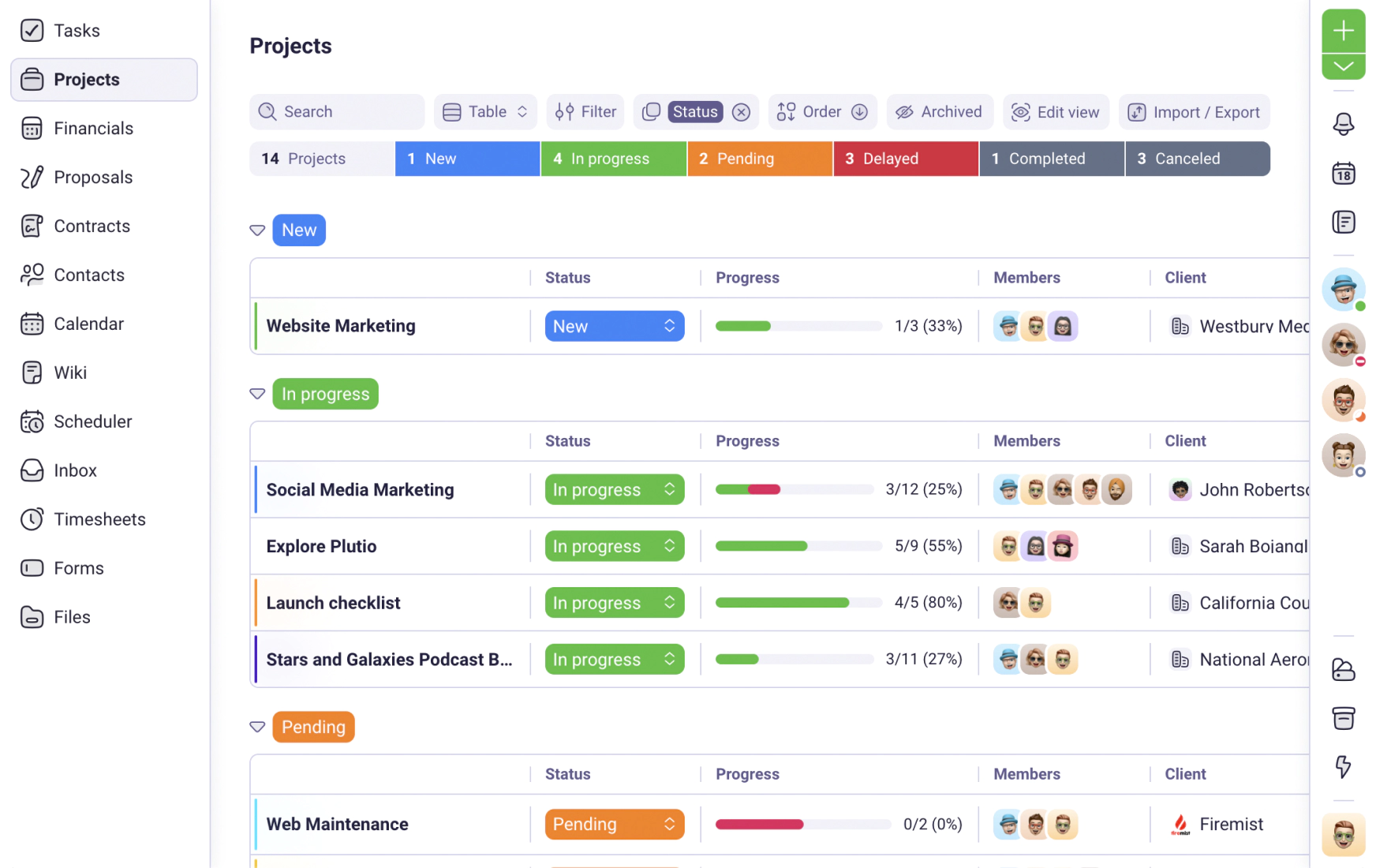We use cookies to personalise and enhance your experience.
Are you a freelancer who works her bottom off, delivers to the best of her efforts, and yet be under-compensated for your efforts?
You are not alone. A lot of freelancers live under the constant fear of getting replaced by someone else who will offer the same services at a cheaper rate.

How do you make sure that these things don't happen to you?
Also, how do you ensure that not only do you get consistent work, but increase your freelancing income at the same time?
Fix your inbound funnel
The objective of an inbound marketing strategy is to provide value to prospective customers and nurture them in a way that they come to you, rather than you approaching them for a potential relationship.
A visible benefit of this strategy over outbound marketing is that your value and authority are established upfront. As a result, you are in a better place to charge a higher fee for your service.
There are plenty of inbound marketing channels to choose from. Professional networking sites like LinkedIn have a high organic reach and posting here can help you establish authority among prospective buyers.

You may also take the blogging or email marketing route, or post on YouTube, Facebook, or other channels.
But regardless of the channel, you choose to go with, make sure that the prospect’s journey through the funnel is frictionless. Here are a few things you can do:
- Make sure you have your portfolio linked from your marketing channels, and there is a clear CTA on your portfolio page for them to reach you for discussion.
- Optimize your website to improve page loading speeds,
- Improve alignment and sizes of images on your webpage, so they render seamlessly across all devices
- Ensure browser compatibility and web design mistakes
Find a specialty
When you are starting out, being a generalist helps. Or at least, it appears that way. The reason why many freelancers tend to take this path is that they are able to offer different services to different clients, depending on their needs.
But there are a couple of reasons why this strategy fails.
Firstly, this makes you compete with a lot more people. And the only differentiator here between you and the competition is the price.
It’s a race to the bottom.
Secondly, when you offer different services to different clients, you fail to gain expertise in any particular area. In other words, you don’t gain the necessary experience in a niche to charge higher for your expertise.
Organize work better
In order to increase your freelancing income, it is of utmost importance to understand your revenue sources.
Your revenue sources are your clients - past and present. There are several things you could track, like
- If they are still active with you
- Their monthly budget
- Other business services they pay for
- Payment history
Create spreadsheets to document all this data. If you use something like Google Drive, you can perhaps even create separate folders to organize all of this information.
This will help you understand who your most valuable customers are, who can potentially be upsold for premium services, and who you need to get back in touch with for potential new projects.
Spend less on administrative tasks
There are a bunch of mundane, yet super important tasks that you need to take care of when you are freelancing.
These tasks include invoicing, creating project outlines, proposals, managing accounting, etc.
If you're new to freelancing, things like working out a contract, creating a proposal, sending out a proforma or an invoice might sound scary.
But it doesn't necessarily have to be.
There are tens and thousands of freelancers just like us who take care of these things by simply outsourcing it to either a third-party service provider for accounting and bookkeeping.
For other tasks like creating an invoice, creating a survey, etc. you can use a service like Plutio which lets you take care of these things in the simplest of manners possible.
Find ways to automate your administrative tasks, or outsource them to a competent professional so that you have more time to work on tasks that contribute directly to revenue growth.
Relook at your pricing
How do you arrive at a price to charge for your services? What a lot of freelancers do is identify their “market rate” and work backward to an hourly price.
For instance, if you think you might earn $70,000 at a corporate job, and you spend 40 hours a week working on client projects, then $35 an hour is a fair fee to ask.
But here is the thing - clients measure you by the value you add to their projects. If you help them save time and produce value worth thousands of dollars, they wouldn’t flinch away from paying you a fair percentage of this.
Also, an employee making $70K a year creates value worth several thousand more to their employer. For instance, a company like Accenture might charge several thousands of dollars in billable hours while paying their employees a smaller chunk of this.
As a freelancer, you are not the employee, but the business they work for.
Subsequently, what you charge your clients should be based on these factors.
Here are some examples.
Let’s say you do web designing for clients. Sure, there are plenty of web designers charging anywhere from $5 an hour to as high as $500 an hour.
Sure, a designer charging $5 an hour is either inexperienced or does not offer a top-quality output. But the difference between someone charging $100 an hour and one charging $500 is not just of quality.
Instead, someone charging $500 an hour might be an expert in the industry they work for. Or, they may hold a bigger responsibility than just designing a page. This could include adhering to branding standards, legal compliance, trademark cognizance, and so on.
The pool of designers who can handle such responsibilities are far fewer, and this makes them a top value provider even at this price point.
Final thoughts
Rome was not built in a day.
Your freelancing journey will be full of ups and downs, but your self-belief shouldn't be.
Once you acquire mastery in your freelancing journey, there will be no stopping you and you would no longer have to look around for clients.
Instead of you reaching out to them, they will reach out to you.
Just make sure you give your best work possible, and let the rest of the things come to you naturally!
Have you tried Plutio yet?
The only app you need to run your business and get work done.
Try Plutio for FREESupercharge your business
The complete toolkit to run your business
The intuitive all-in-one solution to manage and collaborate on projects, share files, build forms, create proposals, get paid, and automate your workflow.
No credit card required


